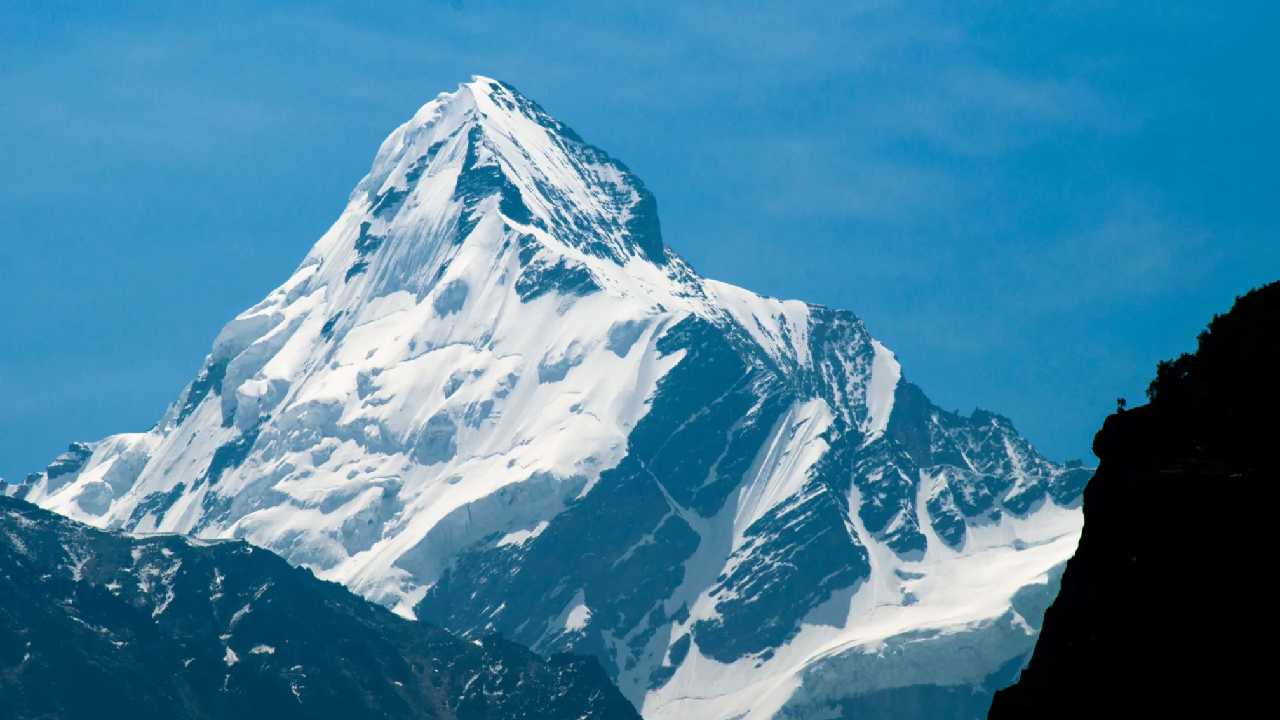Union Environment Minister Bhupender Yadav, in a statement in Rajya Sabha, shared that the Gangotri glacier lost approximately 0.23 sq. km area in 15 years, from 2001 to 2016.
Citing the data of the Indian Space Research Organization (ISRO), the minister said the concentration of black carbon is highly variable in the Himalayas.
According to the ISRO, in situ measurements show that the black carbon concentration over the Himalayan region is highly variable with very low values over the western Himalayas, moderate values over the eastern Himalayas, and high values over the foothills of the Himalayas.
The minister said that there are stable, retreating or even advancing glaciers in the Himalayas, emphasising the complex geographical and cyclical nature of the glacial dynamics. “The literature suggests that the Himalayan region has experienced the presence of black carbon. However, its effect on mass loss and retreat of the Gangotri glacier has not been studied,” he told the Upper House of the Parliament.
Though a short-lived climate pollutant with a lifetime of maximum of a few weeks, after being released in the atmosphere, Black carbon contributes to climate change. It is suggested to be second to carbon dioxide as the main driver of global warming. In addition to a few natural reasons, black carbon is produced due to the incomplete combustion of fossil fuels, biofuels and biomass.
Bhupender Yadav said, Himalayan glaciers have a high concentration of debris on ice and dust on snow, which significantly reduces the effect of the changing reflectance of snow and ice on the glaciers. Due to this, the impact of black carbon on Himalayan glaciers is not of a substantial magnitude, he said.
The ISRO is monitoring the changes observed over the Gangotri glacier using Indian Remote Sensing Satellite data, he informed the Parliament.
In 2020, a report based on research by Dehradun-based Wadia Institute of Himalayan Geology found that the concentration of black carbon on the Gangotri glacier has almost doubled in the past few years due to forest fires.
The researchers were monitoring black carbon through two weather stations on way to Gangotri glaciers, Chirbasa station at a height of 3,600 m and Bhojbasa station at a height of 3,800 m. Their research of the past few years found a range of black carbon up to 4.62 micrograms per cubic metre in summer months, and about 2 micrograms per cubic metre indicating that forest fires and tourism activities in Uttarakhand contribute to a higher concentrations of black carbon on glaciers. The other reasons observed during the field study included local sources of black like domestic and commercial fuel wood-burning and seasonal burning of crop residue.
Similar studies and reports suggested that the decline in Indian glaciers is pushing states like Himachal Pradesh towards water insecurity.


























